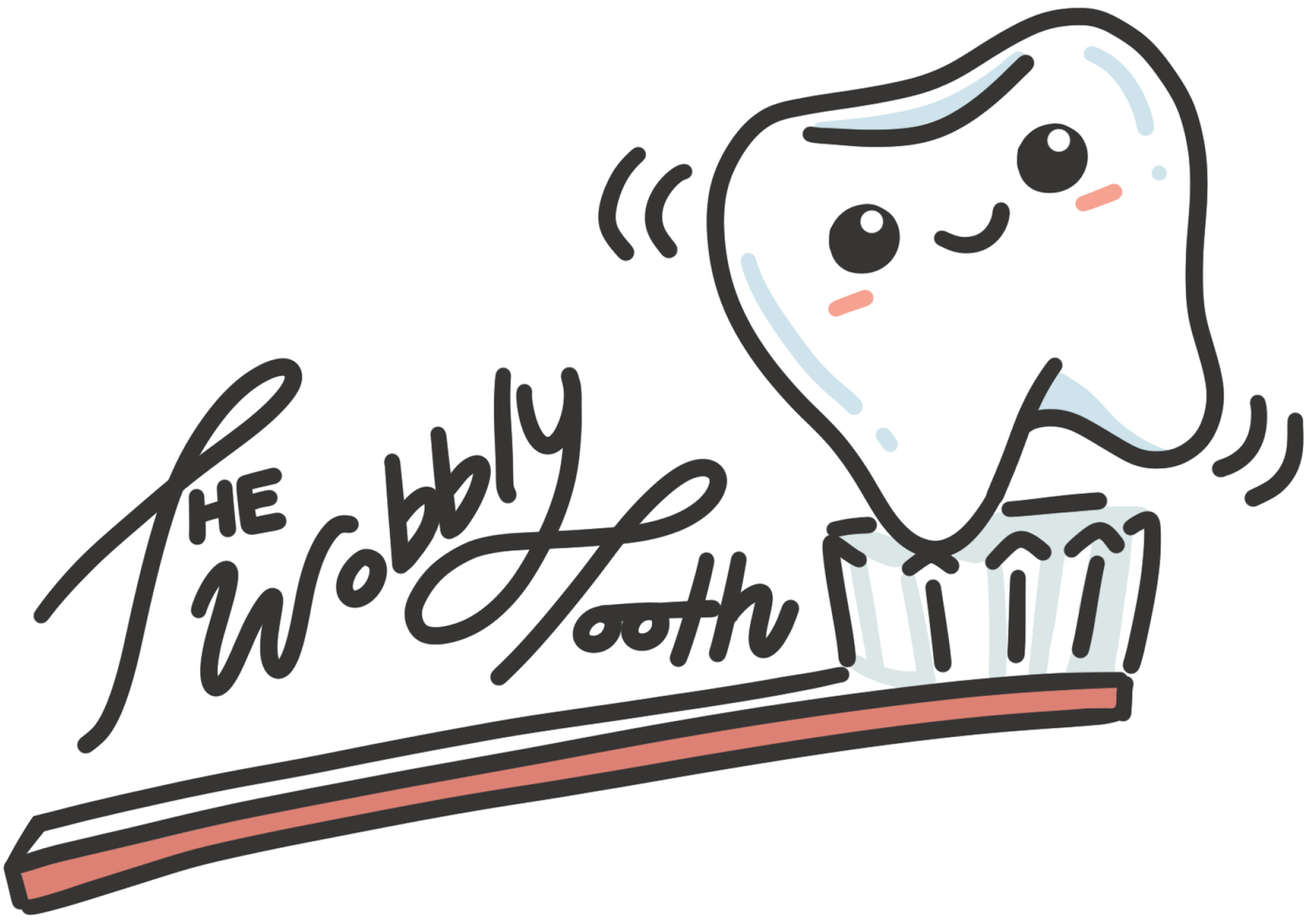Extractions
If your tooth is so badly decayed or injured that a restorative treatment or root canal cannot repair it, our dentists may recommend a tooth extraction. All tooth extractions performed at our office are done using local anesthesia, and you have the option of oral sedation as well. We want you to be comfortable throughout your procedure and take steps to help you feel at ease.
-
Each patient’s extraction is unique. Remember that many extractions are performed out of a need to prevent potential dental problems, not remove current ones. Yours is likely being pulled due to one or more of these factors, especially if the tooth/teeth in question is a wisdom tooth:
-
Depending on whether you’re receiving a simple or surgical extraction, the procedure will be a little different. The typical steps include: treatment planning, use of a local anesthesia, loosening your tooth, extracting your tooth, and using stitches to close the surgical site, and finally, healing.
-
Typically, it will take 2 weeks for the gums to heal after an extraction and up to 6 months for the bones to be fully remodeled. During this time, we will check up on you regularly to avoid any complications, like dry socket.
Bone grafts
-
A dental bone graft adds volume and density to your jaw in areas where bone loss has occurred. The bone graft material may be taken from your own body (autogenous), or it may be purchased from a human tissue bank (allograft) or an animal tissue bank. To find out more, contact us today!
-
Most dental bone grafting surgeries are done to restore your bone to its previous form following tooth loss, gum disease or trauma. Bone grafting may also be used to maintain bone structure after tooth extraction.
-
Bone grafting can successfully rebuild bone in areas where it is deficient, ensuring there is enough healthy bone for dental implant treatment. Another reason for having bone grafting is to help improve the overall aesthetics of treatment.



